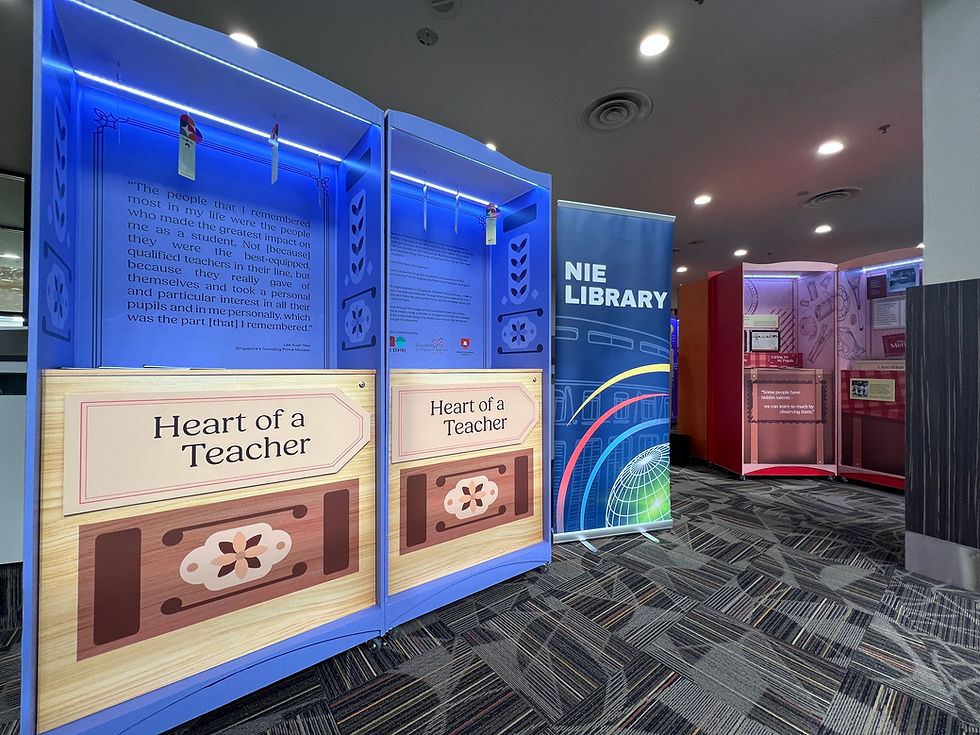Recommended Reads
- Yvonne Yin
- Feb 24, 2021
- 2 min read

Title: Loonshots: How to Nurture the Crazy Ideas that Win Wars, Cure Diseases, and Transform Industries
Author: Safi Bahcall
No. of pages: 349
Call No.: HD53 Bah
Loonshots is physicist Safi Bahcall’s first book, and he may be well on the way to adding a new word to the English language. A “moonshot” could be defined as an organisation’s ambitious goal; in contrast, Bahcall’s “loonshot” refers to a neglected project, pooh-poohed by bosses and panned by accountants.
An insightful look into how small shifts, based on the science of phase transitions, can turn a project from wildly crazy to wildly successful.

Title: Marie Curie
Author: Demi
No. of pages: Unpaged
Call No.: QD22.C8 Dem
This engaging account tells the fascinating story of Maria (she later called herself “Marie”) Salomea Sklodowska, born in 1867 in Poland at a time when it was under harsh Russian rule. A brilliant student who loved learning, she managed, in the face of considerable odds, to gain a place at the Sorbonne in Paris, France, to study physics. There, she met and married a fellow physics student, Frenchman Pierre Curie. Their research and the discovery of two new elements which they named polonium and radium as well as their creating of the term “radioactive” are all explained clearly. This richly detailed book should be much appreciated by students in upper primary school and above, with an interest in science.
(Note: This book should also whet your appetite to find out more! Readers may thus like to know that the Curies’ older daughter, Irene, went on to win the Nobel Prize in Chemistry in 1935 and, remarkably, the younger daughter, Eve, in spite of having been born to “radioactive” parents, lived till the age of 102, passing away in 2007).

Title: A Review of Garden Bird Watch (2015-2019)
Authors: Low Bing Wen, Joy Wong Shu Yee, Linda Goh and Kenneth Er
No. of pages: 140
Call No.: QL691.S55 Low
This book would be of interest to educators as it gives a very good example of the growth of citizen science. National Parks (“NParks”) first set up the Garden Bird Watch in 2015 in order to collate data on bird species and population numbers. Members of the public were invited to participate in this citizen science initiative (training was provided), and over 400 people signed up. By 2019, this had increased more than ten-fold to 4,900!
With its very high-quality photographs (including a winking owl), this book is a joy to browse and an invaluable addition to our local nature collection.




Comments